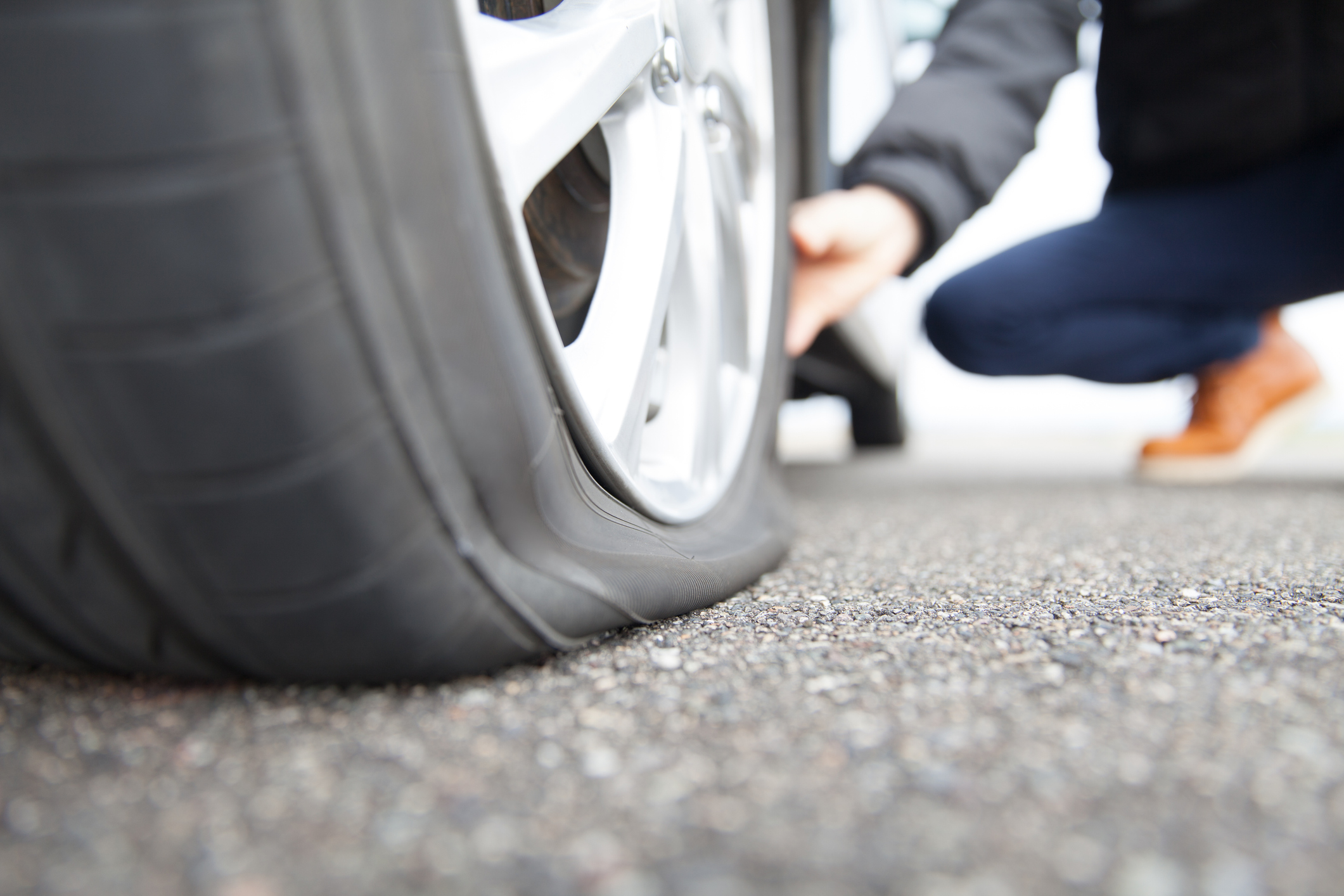There are over 276 million registered vehicles in the U.S., and nearly all of them rely on tires to accelerate, brake, and steer. Roadside replacement of a tire is seemingly an unpleasant task, but the odds of a tire failure can be reduced with the right knowledge and skills. Understanding how they work, the maintenance they need, and how to repair are important to best avoid future roadside troubles.
Tires have many parts that systematically operate together for overall performance. There are various performance factors, taken into consideration by the manufacturer, that impact how the tire functions which include traction, durability, ride, handling, and impact resistance. Examples of these features would be how the tire tread provides traction, the beads ‘lock’ the tire to the wheel, and the ply and belt reinforcement contain the air pressure which carries the load between the tread and bead areas. These parts simultaneously work together, resulting in optimal performance with the proper tire maintenance.
There are many factors to consider when looking at the useful life of a tire. Vehicle manufacturers recommend tire replacement at 6 years. Tire warranties typically expire at 6 years; however, tire manufacturers and industry experts recommend replacement at 10 years, regardless of tread depth. A tire’s calendar age alone isn’t a sufficient indicator of its useful remaining life. Over time, air will slowly permeate the rubber and oxidize it. Moreover, heat and direct sunlight accelerate the aging process. In addition to monitoring the age of your tires in service, it is crucial to always take care of your spare tire – you never know when you might need it.
Of all aspects concerning tire maintenance, inflation pressure is the single most important factor in ensuring tire durability and maximum tread life. Underinflation leads to excessive heat generation and breakdown of the tire’s structure due to its inability to carry the load of the vehicle. On the contrary, overinflation makes a tire more prone to impact breaks while also causing uneven treadwear between the center of the tread and shoulder areas.
So, what happens in the instance of tire puncture damage in need of repair? The first step is always to remove the tire from the wheel. There are three primary considerations when repairing a punctured tire, including: Evaluating the damage the object caused as it punctured the tire, reestablishing an airtight seal of the tire’s inner liner, and completely filling the path the object took through the tire.
In the instance of an alleged tire failure in a crash, an investigator should consider the following questions:
- Was the tire failure a result of the crash?
- Was the tire correct for the application (i.e., correct speed and load ratings)?
- Are there any open recalls for the tire?
- Were there any previous repairs to the tire?
- How old was the tire and how long has it been in service?
- What do the remaining tires indicate?
Our experts at CED can perform thorough inspections on failed tires and provide an analysis on tire failure and repair.






